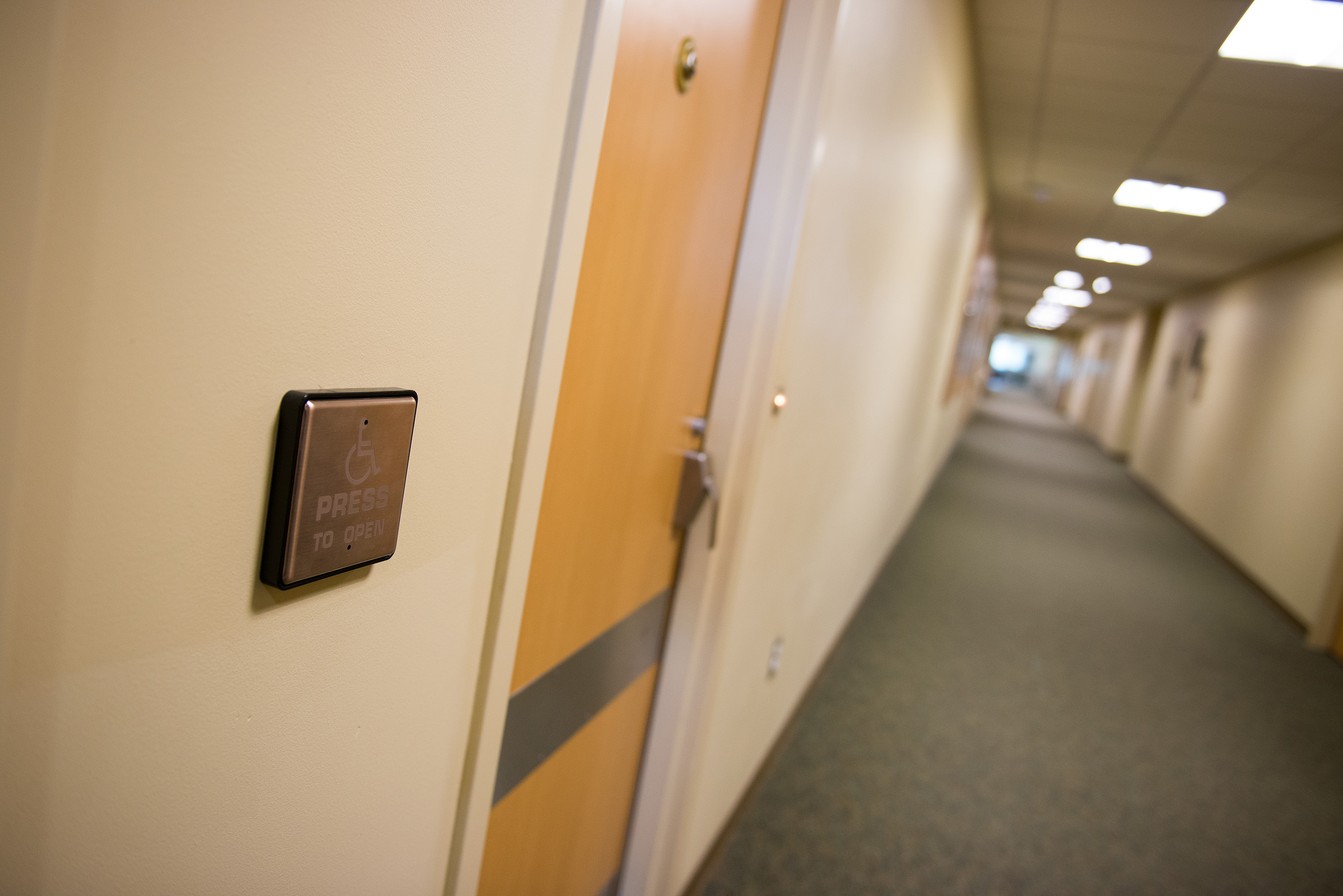Media Contact:
Ron X. Gumucio
212.297.2113
[email protected]
Pullman Regional Hospital Invests in Bacteria-Killing Copper to Reduce Potentially Deadly Infections
High-Use Areas Throughout Hospital Receive Healthy Makeover with Antimicrobial Copper Surfaces
Pullman Regional Hospital Installs Copper Components to Reduce Infections Tweet
Pullman Regional Hospital has become an early adopter of antimicrobial copper after studies found that the age-old metal could continuously kill deadly bacteria.
Each year, 2 million people in the United States are diagnosed with a hospital-acquired infection and nearly 100,000 people die. These infections are caused by common bacteria such as E. coli, MRSA, C. diff, CRE and VRE.
“It is a very serious problem,” said Ed Harrich, the director of surgical services for Pullman Regional Hospital. “I think every hospital across the nation is doing everything they can to try to deal with it the best that they can. But there’s bioburden on everything and people aren’t good at hand washing and there’s cross-contamination everywhere you go.”
Through a Patient Safety Challenge grant administered by the Copper Development Association (CDA), Pullman was able to purchase and install the following copper hardware throughout the 95,000-square foot facility: faucet levers on 40 sinks in the public restrooms found in patient rooms and hallway basins, handles for the IV poles used in the BirthPlace, ICU and Medical Surgery Unit, and handicapped-access buttons for double-doors.
“By replacing the most touched surfaces in the hospital, Pullman is making an easy change to ensure their patient’s safety and satisfaction,” said Adam Estelle, a project engineer with CDA. “Bacteria can spread rapidly even in the most sterile locations where hand-washing and surface disinfection are common practices. The beauty of copper touch surfaces is that they do not require any special cleaning, are safe to use and provide protection 24/7.”
In 2008, an intensive U.S. study funded by the Department of Defense was launched to investigate the efficacy of antimicrobial copper. The ground-breaking study conducted inside the Intensive Care Units of three U.S. hospitals proved that copper touch surfaces continuously reduced harmful bacteria and also reduced healthcare-acquired infection rates by 58 percent.
While the materials used for touch surfaces are often overlooked as opportunities to improve patient safety during the hospital design process, installing copper adds another layer of infection prevention into the facility. Antimicrobial copper products are highly durable and can last for decades. Retrofitting a hospital with antimicrobial copper is an investment in patient safety with long-term benefits that far outweigh the upfront costs.
Today more than two dozen U.S. manufacturers are producing antimicrobial copper components – everything from door handles, stair handrails, grab bars, sinks, carts and other specialty instrument trays. With several different copper alloys to choose from, products can exhibit the warm tones of brushed nickel, the colder white of stainless steel, the warm yellows of brass and bronze, or the traditional red of copper.
Pullman plans to install more than 420 copper cabinet pulls throughout the hospital in the coming weeks and months. Eventually, the administration would like to add countertops, the armrests of chairs, bed rails and bed handles made of copper.
“We’re excited,” said Jeannie Eylar, R.N., chief clinical officer for Pullman Regional Hospital. “We feel like we’re on the right path…and we feel like copper is helping us achieve the outcome that we want.”
The scientific proof that copper can now save lives provides hope for the future – even beyond hospitals. To learn more about antimicrobial copper, visit www.antimicrobialcopper.com, or watch the video case study on the Pullman Regional Hospital copper installation on the CDA YouTube Channel.
###
About the Copper Development Association
The Copper Development Association Inc. is the market development, engineering and information services arm of the copper industry, chartered to enhance and expand markets for copper and its alloys in North America. Learn more on our blog. Follow us on Twitter.
About Antimicrobial Copper
Antimicrobial copper offers a powerful new infection-prevention tool. Components made from antimicrobial copper are surfaces commonly touched by patients and healthcare workers. No staff training nor other interventions are required. They are durable, work 24/7 and are a one-time cost that provide long-term benefits.
Copper is the active, microbe killing ingredient. Antimicrobial Copper isn’t just pure copper. It’s shorthand for a host of copper based metals (or alloys) that can go head-to-head with stainless steel in terms of strength, durability and aesthetics. In addition to their antimicrobial properties, copper alloys are:
- Durable & recyclable
- Wear-resistant
- Resistant to harsh environments
- Able to retain details and finish over time
- Available in a range of colors.
About the Pullman Regional Hospital
Pullman Regional Hospital is located in Pullman, WA and consists of a 95,000 square foot level IV trauma center with 25 patient beds, three ORs and a 24-hour emergency department, serving the Palouse region of eastern Washington and northern Idaho. Learn more about Pullman Regional Hospital’s innovative ways at www.pullmanregional.org.
Video
Photo Gallery
MPEG-4 Video
Click the button below to download
Download TeaserRelated Links
CDA BlogAntimicrobial Copper












